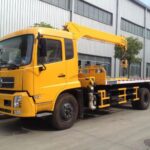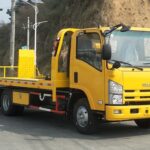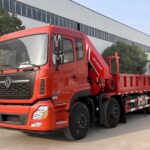Maximize Efficiency with a Reliable Loader Crane: Your Ultimate Guide
In industries where materials handling and logistical operations are paramount, efficiency isn’t just a buzzword; it’s a necessity. Whether you’re in construction, manufacturing, or any other sector requiring the movement of heavy loads, having the right equipment can make all the difference. Among the arsenal of tools available, a reliable loader crane stands out as a versatile solution that can streamline processes, enhance safety, and ultimately boost productivity. In this comprehensive guide, we delve into the world of loader cranes, exploring their functionalities, benefits, key considerations, and best practices to help you maximize efficiency in your operations.
Understanding Loader Cranes:
Loader cranes, also known as knuckle boom cranes or articulating cranes, are hydraulic-powered devices mounted on trucks or trailers. Unlike traditional fixed-position cranes, loader cranes feature multiple hinged sections, resembling the knuckles of a human finger, hence the name. This design allows for greater flexibility and maneuverability, enabling operators to reach loads in tight spaces or awkward angles with precision.
Benefits of Loader Cranes:
1. Versatility: Loader cranes excel in diverse applications, from loading and unloading goods to lifting heavy equipment or machinery onto elevated surfaces. Their articulating arms and telescopic booms provide a wide range of motion, making them suitable for various tasks across different industries.
2. Space Efficiency: Unlike conventional cranes that require substantial ground space for setup, loader cranes are compact and mounted directly onto vehicles. This compact footprint is especially beneficial in urban environments or confined work sites where space is limited.
3. Time Savings: With rapid deployment and precise control, loader cranes minimize downtime and expedite loading and unloading processes. Operators can handle multiple tasks efficiently without the need for additional equipment or manual labor, saving valuable time and resources.
4. Safety: Loader cranes are designed with safety features such as overload protection systems, stabilizers, and remote control options to ensure safe operation. By reducing manual handling and minimizing the risk of accidents, these cranes contribute to a safer working environment for operators and bystanders alike.
5. Cost-Effectiveness: Investing in a reliable loader crane can yield significant cost savings in the long run. Their versatility and efficiency translate to increased productivity and reduced labor costs, while their durability and low maintenance requirements result in lower operating expenses over time.
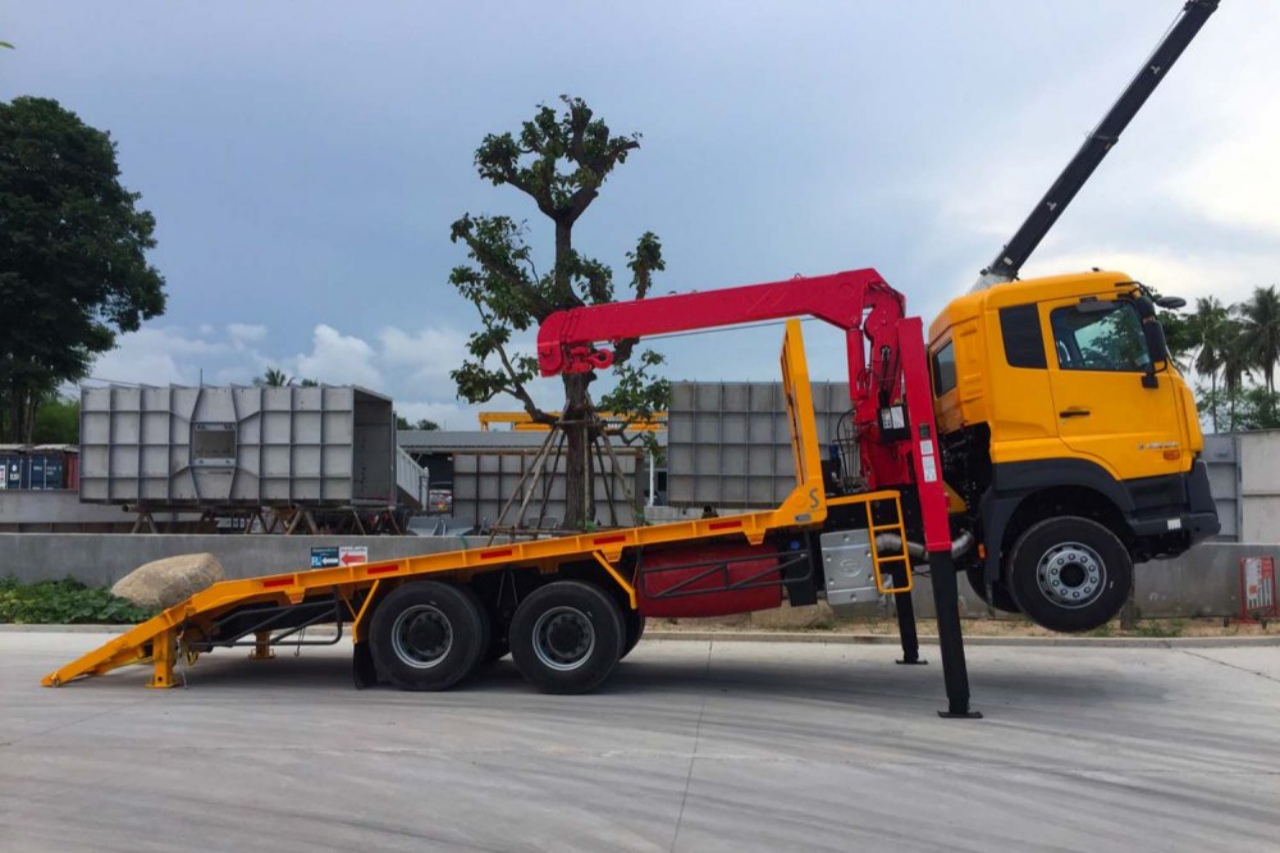
Key Considerations When Choosing a Loader Crane:
1. Load Capacity: Determine the maximum weight and reach requirements of your operations to select a loader crane with the appropriate lifting capacity and boom length.
2. Mounting Options: Consider the type of vehicle or trailer onto which the crane will be mounted, ensuring compatibility and optimal integration with your existing fleet.
3. Control System: Evaluate the control options available, such as manual, remote, or computerized controls, based on the operator’s preferences and the complexity of the tasks to be performed.
4. Safety Features: Prioritize loader cranes equipped with advanced safety features, including overload protection, automatic stability control, and emergency stop mechanisms, to minimize the risk of accidents and ensure compliance with safety regulations.
5. Reliability and Support: Choose a reputable manufacturer known for producing high-quality, reliable loader cranes backed by comprehensive warranty coverage and responsive customer support services.
Best Practices for Maximizing Efficiency:
1. Operator Training: Invest in thorough training programs to ensure operators are proficient in the safe and efficient operation of loader cranes, including proper load-handling techniques, equipment maintenance, and emergency procedures.
2. Regular Maintenance: Implement a proactive maintenance schedule to inspect and service the crane regularly, including hydraulic systems, mechanical components, and safety devices, to prevent breakdowns and ensure optimal performance.
3. Load Planning: Optimize load planning and positioning to minimize cycle times and maximize the crane’s efficiency. Consider factors such as load weight, size, and distribution to achieve balanced and stable lifting operations.
4. Utilize Accessories: Take advantage of compatible accessories and attachments, such as pallet forks, grapples, or lifting hooks, to enhance the versatility and functionality of the loader crane for specific tasks or materials.
5. Monitor Performance: Track key performance indicators, such as load handling times, fuel consumption, and maintenance costs, to identify areas for improvement and implement strategies to enhance efficiency and productivity continuously.
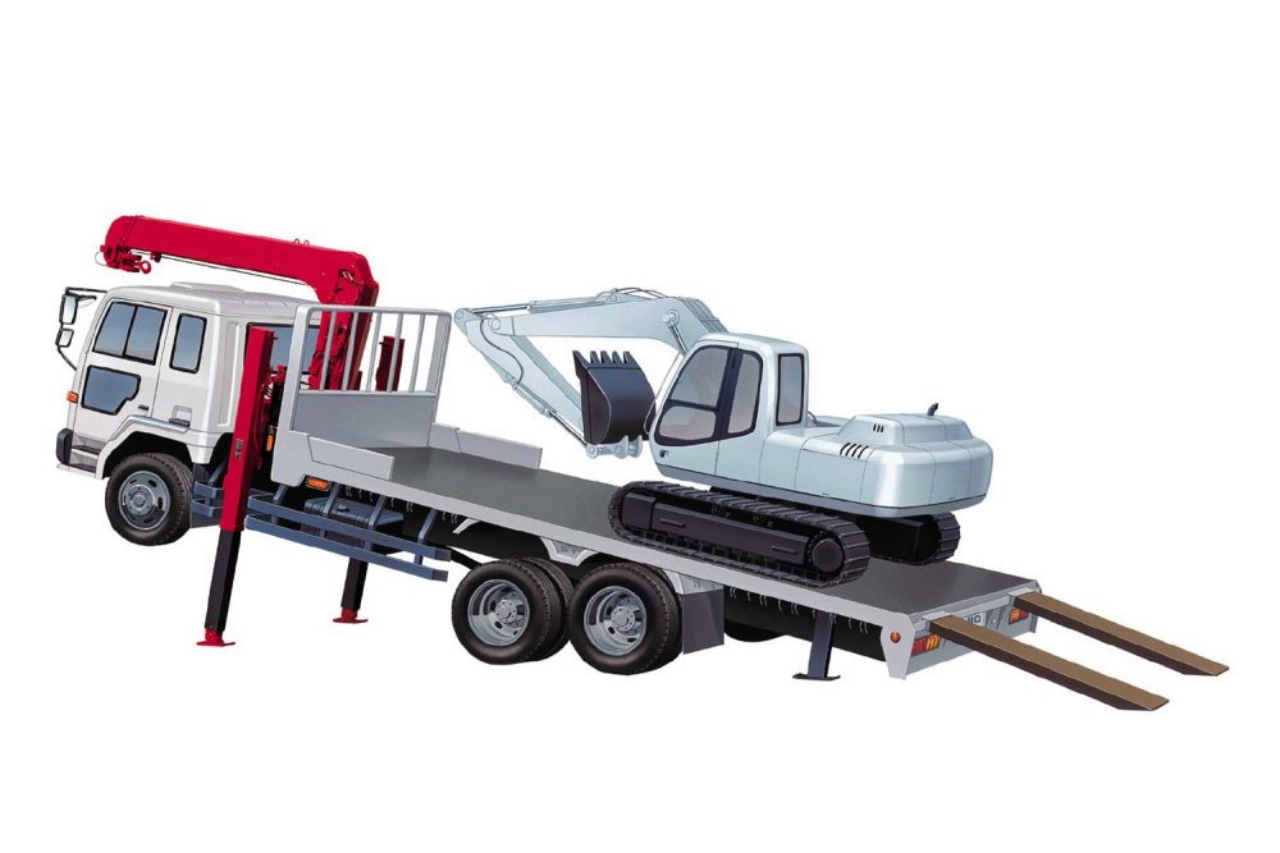
Conclusion:
A reliable loader crane is more than just a piece of equipment; it’s a strategic asset that can revolutionize your materials handling operations and drive your business toward greater efficiency and profitability. By understanding the functionalities, benefits, and best practices associated with loader cranes, you can make informed decisions when selecting, deploying, and optimizing these versatile tools in your organization. Whether you’re navigating tight urban streets, loading cargo onto ships, or erecting structures on construction sites, a well-chosen loader crane is the ultimate ally in maximizing efficiency and achieving your operational goals.




